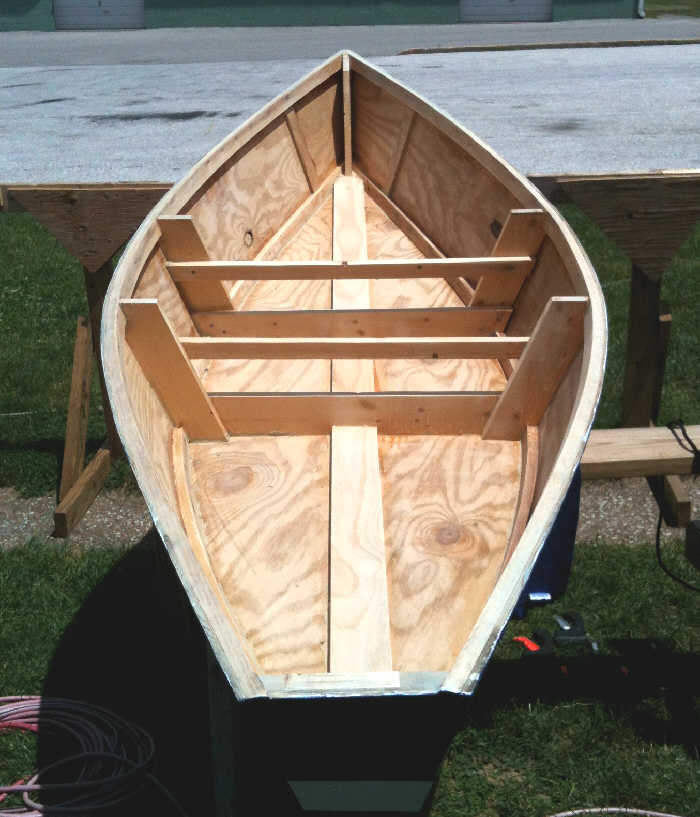
Beyond the Plans: Unveiling Hidden Gems in Timber Boat Building
Beginner’s Guide to Timber Boat Plans: Start Your Building Journey, while a solid introductory text, often leaves aspiring boat builders grappling with the less-discussed aspects of the craft. This review aims to address those gaps, offering fresh perspectives and practical solutions for hobbyists, professionals, and educational institutions alike. We'll move beyond the technical specifications and explore the often-overlooked nuances that truly define the timber boat building experience.
The Unsung Heroes: Material Selection Beyond the "Recommended" List
Most guides offer a basic timber selection, but rarely delve into the fascinating world of timber characteristics and their impact on the final product. Let's explore this further.
Q: My guide suggests oak. Are there less common, equally suitable alternatives?
A: Absolutely! While oak boasts strength and durability, its cost and weight can be prohibitive. Consider alternatives like cedar for its lightweight yet robust nature, particularly beneficial for smaller boats. Larch, known for its natural resistance to decay, is another excellent option, especially if your boat will see extended periods in the water. The key is researching the specific properties â€" grain density, water resistance, and workability â€" of different timbers relative to your project’s size and intended use. Researching historical shipbuilding techniques can also uncover forgotten gems!
Q: How do I account for the inherent variability within a single timber type?
A: This is crucial. Even within a species like oak, you’ll find variations in grain, density, and knot distribution. Carefully inspect each piece before selecting it for your boat, looking for consistent grain patterns and minimal defects in the critical structural components. Consider creating a ‘timber map’ for your project, documenting the location and characteristics of each piece to facilitate future repairs or understanding of any structural weaknesses.
Beyond the Blueprint: Mastering the Art of Impromptu Solutions
No matter how meticulously you plan, unexpected challenges arise. It's these moments that truly test a builder's skills.
Story Time: The Case of the Misaligned Keel
A friend, a seasoned woodworker but a novice boat builder, encountered a slight misalignment during keel installation. His initial reaction was panic. Instead of scrapping the work, he adapted, using precision shims and reinforcing the affected areas with strategically placed epoxy and fiberglass. The result? A boat that, while not perfectly aligned to the plan, remained structurally sound and seaworthy. This highlights the importance of adaptability and problem-solving skills, far beyond the simple instructions of a plan.
Q: How can I develop this improvisational skill?
A: Practice, experimentation, and learning from experienced builders are key. Engage with online forums and communities, where builders share their challenges and solutions. Don't be afraid to experiment with small-scale projects to hone your skills in adapting to unexpected situations. Understanding the fundamental principles of boat construction â€" the interplay of forces and structural integrity â€" allows for informed decision-making when deviations occur.
The Eco-Conscious Builder: Sustainable Practices in Timber Boat Construction
The environmental impact is an often-overlooked aspect of boat building. Let's examine this crucial factor.
Q: How can I minimize the environmental footprint of my project?
A: Sourcing sustainably harvested timber is paramount. Look for certifications like the Forest Stewardship Council (FSC) label, ensuring the wood comes from responsibly managed forests. Explore the use of reclaimed or salvaged timber, giving a second life to old wood and reducing demand on new resources. Minimizing waste through careful planning and precise cutting techniques is also crucial. Explore water-based finishes instead of traditional oil-based paints which have significant VOCs (Volatile Organic Compounds).
By thoughtfully addressing these often-overlooked aspects, aspiring timber boat builders can elevate their craft beyond the simple instructions in a beginner's guide, creating a unique and rewarding experience.
Disclaimer: This article provides general advice. Always consult with experienced boat builders and follow safety regulations when working with tools and materials.








No comments:
Post a Comment
Note: Only a member of this blog may post a comment.